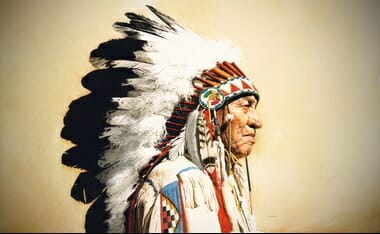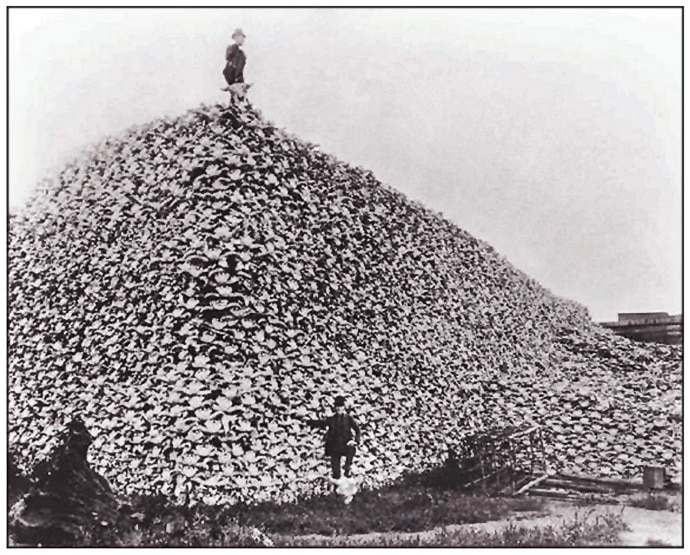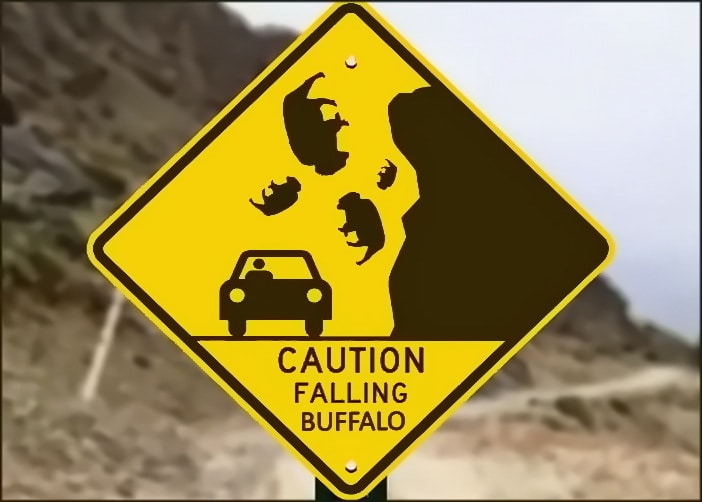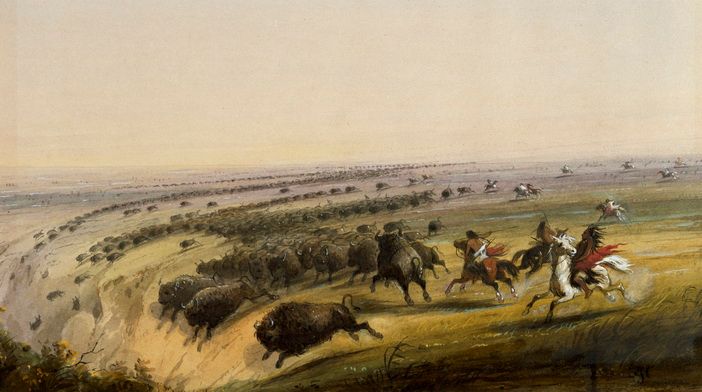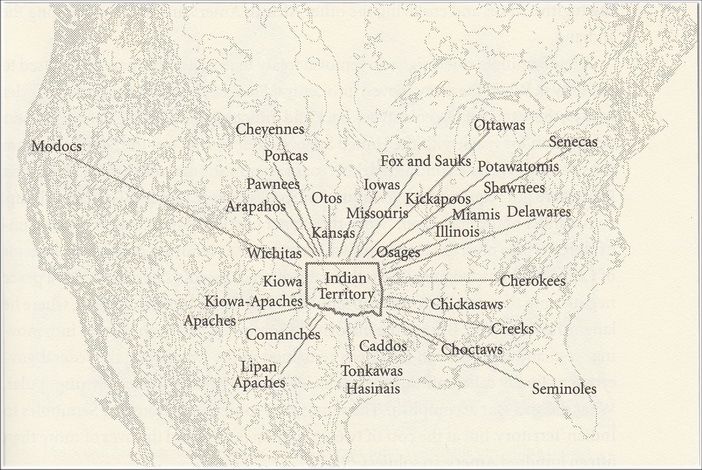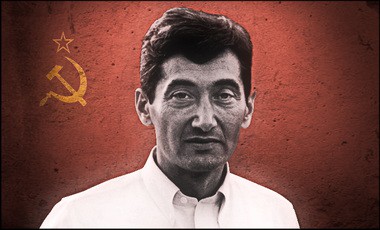…The idea that somehow either through cultural values or even “genetics” Indigenous people are more likely to protect and enhance biodiversity and other conservation values is widespread. But the other possibility that I think provides more explanation is that across the globe, wherever there was a low human population and limited technology, people “appeared” to live in “balance” more or less with natural landscapes. This is just as true of Celtic people in the British Isles, Mongols in the Asian Steppes, Bedouin people in the Middle East, or Africans in the Congo.
What is common in all these instances is low population and low technology. Change these factors, and humans everywhere, no matter their religion, race, or cultural identity, frequently overexploit the land. With modern technology, medicine, food availability and other factors, including dependency on the global economy, almost all indigenous people are freed from these prior constraints. Indeed, have been freed for several centuries in most places.
Such ideas are frequently guilty of the False Cause Fallacy. Correlation is not Causation. The False Cause Fallacy occurs when we wrongly assume that one thing leads to something else because we’ve noticed what appears to be a relationship between them.
The fallacy is saying in times past because there were more wolves or more bison or whatever when Indigenous people occupied a specific location, it was due to the people’s cultural values.
[….]
The idea that Indians “used” all parts of the bison and didn’t “waste” wildlife is another myth. There are plenty of documented instances of tribes killing bison merely for their tongues and leaving behind hundreds and sometimes thousands of dead animals. How many bison were killed annually in this manner is unknown; however, it was common to take only the best parts of a bison if one anticipated encountering more bison in a few days.
It is a lot of work to cut up a bison and transport it in its entirely, and unless you were starving or anticipated a shortage, it was just easier to kill a fresh animal when you needed it. And that was a common practice among Indians as it was among the few whites that roamed the plains in those days to take the best and leave the rest.
It is easy for people today to condemn such wasteful or, in many cases, try to make up excuses for it, but one cannot use today’s cultural values when viewing the past. If bison were abundant, and you believed that the herds were infinite, there was no reason to “conserve” them.
Francis Antonie Larocque, a French-Canadian trader, traveled to the Upper Missouri River in 1805 to initiate a trade with tribes located there. This was the same year that Lewis and Clark traveled up the Missouri and spent the winter of 1805 at the Mandan villages in North Dakota. Larocque noted in his journal that: “They (the tribes) live upon buffalo and deer, very few of them eat bears or beavers flesh, but when compelled by hunger: they eat no fish. They are most improvident with regards of provisions. It is amazing what number of buffalos or other quadrupeds they destroy—yet 2-3 days after a very successful hunt, the beef is gone. When hunting they take but the fattest part of an animal and leave the remainder.”
Alexander Ross, a fur trader who accompanied a bison hunt by Metis in Manitoba, reported they killed twenty-five hundred buffaloes to produce three hundred and seventy-five bags of pemmican and two hundred and forty bales of dried meat. According to Ross, seven hundred and fifty bison would have been sufficient to produce this amount of food. Still, he goes on to say, “the great characteristic of all western hunts of buffalo, elk or antelope, was waste.”
In his book The Ecological Indian, Shepard Krech quotes Trader Charles McKenzie, who lived among the plains Indians in 1804 who noted that Gros Ventre Indians he traveled with killed “whole herds” only for their tongues.
Similarly, Alexander Henry in 1809 noted that the Blackfeet left most of the bulls they had killed intact and reported that they took “only the best parts” of meat.”
And Paul Kane, another visitor to the Great Plains, remarked that the Indians “destroy innumerable buffaloes,” and he speculated that only “one in twenty is used in any way by the Indians” while “thousands are left to rot where they fall.”
(Of course, white trappers and other travelers in bison territory often did the same practices like killing a bison and only taking the prime cuts).
As early as 1800, traders along the Missouri River reported that local bison herds were depleted by native hunting. And here is where you must pay attention to dates—sometimes, most people ignore or simply don’t appreciate the significance.
While a few fur traders had penetrated the Great Plains before the 1800s, the Lewis and Clark explorations between 1804-06 provided a glimpse of the bison hunting culture and the abundance of beaver.
Their journals spurred on the era of the mountain man fur trapper who concentrated on beaver trapping. The mountain man was in his heyday between 1820 and 1840s. Estimates suggest that at their height, no more than 1000 white trappers were spread across the entire plains and the Rocky Mountains from what is now Mexico to Canada. And the mining era only began in the 1850s-60s, and most mining camps were concentrated in the mountains away from the large bison concentrations on the plains.
All of this suggests that hunting of plains bison by white people was insignificant before the 1870s, yet bison herds were already disappearing from many of their former haunts….
(WILDLIFE NEWS)
